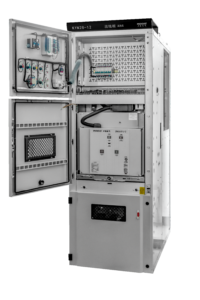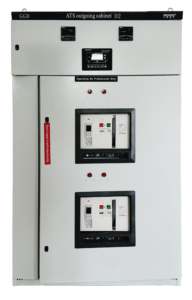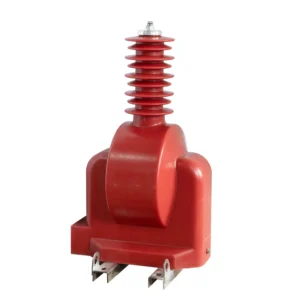The most common distribution transformer used in residential areas is the single-phase pole-mounted transformer, typically rated between 5 kVA and 50 kVA.
These transformers are widely used because they are cost-effective, reliable, and well-suited for the power demands of residential neighborhoods. They are designed to step down the voltage from the utility distribution lines (usually 4.16 kV to 34.5 kV) to the standard residential voltage (120/240V in North America).
Single-phase pole-mounted transformers are installed on utility poles, making them easily accessible for maintenance and replacement. Their compact size allows for efficient use of space in residential areas where underground installations may not be feasible or cost-effective.
In some cases, pad-mounted transformers or underground transformers may be used in residential areas, particularly in newer developments or areas with strict aesthetic requirements. However, pole-mounted transformers remain the most common choice due to their simplicity, reliability, and lower installation and maintenance costs.



